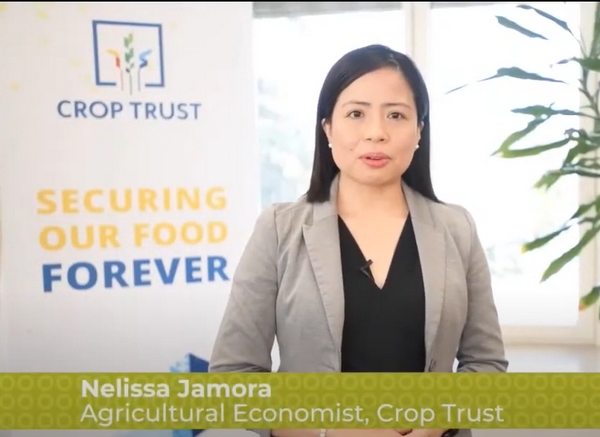Stavropol Krai, one of Russia’s key agricultural regions, is strengthening its position in the national vegetable market with a robust start to the 2025 tomato shipping season. According to the North Caucasus Interregional Directorate of Rosselkhoznadzor, more than 7,700 tonnes of tomatoes have been dispatched from the region to 26 other parts of the Russian Federation in the first quarter of the year.
This is a significant milestone, especially given that no tomato shipments from Stavropol were recorded in early 2024, indicating a notable shift in production dynamics and market readiness. Among the top recipient regions this year are Rostov Oblast, Sverdlovsk Oblast, Krasnodar Krai, and the Republic of Adygea—all of which are either key distribution hubs or regions with expanding retail demand.
Quality and Safety at the Forefront
All tomato consignments from Stavropol underwent rigorous laboratory testing to ensure compliance with the Russian Federation’s quarantine and phytosanitary regulations. This includes screening for quarantine pests like Tuta absoluta, bacterial wilt, and other pathogens listed in the Eurasian Economic Union’s Unified Quarantine List.
The North Caucasus Rosselkhoznadzor branch emphasized that all shipments met safety standards, which is especially important amid increasing reports of contaminated tomato imports from other countries, such as Turkey. This strong domestic performance positions Stavropol as a reliable internal supplier in the face of growing concerns over import quality.
Regional Production Context
Stavropol Krai has consistently ranked among the top regions in southern Russia for open-field and greenhouse vegetable production. According to data from the Russian Ministry of Agriculture, the region produced over 120,000 tonnes of greenhouse vegetables in 2023, with tomatoes accounting for nearly 40% of that output.
The shift toward early-season shipments is likely driven by greenhouse investments and enhanced logistics infrastructure, including access to federal transport routes and cold storage facilities. These improvements help producers move high-quality vegetables swiftly and safely to distant regions, including the Ural and Central Federal Districts.
Market Implications
Domestic tomato prices have remained relatively stable in early 2025, supported by strong internal supply. With growing concerns over biosecurity threats from imported produce, Russian retailers and wholesalers are increasingly looking toward local producers like those in Stavropol to fill shelves with traceable, certified, and pest-free produce.
Stavropol’s early 2025 tomato shipments signal a strategic turnaround in domestic vegetable supply, driven by phytosanitary excellence, regional investment, and market demand. As the season progresses, the region is poised to play an even greater role in ensuring food security, supply chain stability, and consumer confidence in Russian-grown produce.











